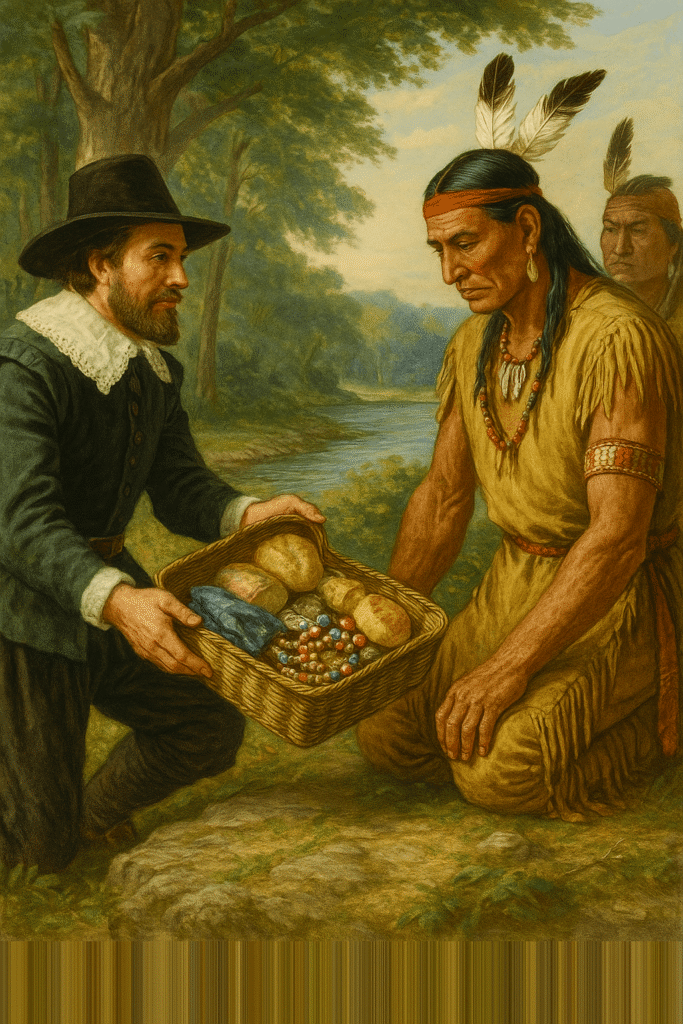Did Manhattan Really Sell for $24?
It’s one of the most famous deals in history: in 1626, Dutch governor Peter Minuit “purchased” Manhattan from the Lenape tribe for just 60 guilders — often translated as $24. But what really happened on that fateful day in what is now Inwood Park? Was this truly a bargain, or simply a misunderstanding that would forever change the course of New York City?
Inwood Park: Where History Took Root
The Setting of a Legendary Exchange
Nestled in upper Manhattan, Inwood Park is more than a green escape from the city’s hustle — it’s the birthplace of a myth. Local lore points to this site as the very place where Minuit struck his deal with the Lenape.
The Shorakkopoch Rock and the Witness Tree
According to tradition, the deal was marked near Shorakkopoch Rock, a large boulder still preserved in the park. Standing nearby was a massive tulip tree, said to have served as a silent witness to the exchange. Though the tree is long gone, its stump remains a historic marker, keeping the story alive for new generations of New Yorkers.


The Two Perspectives: Ownership vs. Sharing
The European Lens: Ownership of Land
For the Dutch, the concept of land was tied to property and ownership. To them, handing over goods in exchange for land meant clear title and absolute control.
The Lenape View: Land as a Shared Home
For the Lenape people, land was not something to be bought or sold. It was a shared space, to be lived in and cared for together. To “exchange” land was closer to offering permission for coexistence, not permanent transfer of ownership.
This cultural divide meant the two sides walked away from the same transaction with completely different understandings.
Myth, Memory, and Manhattan’s Beginning
The $24 Question
The conversion of 60 guilders into “$24” is often used as a symbol of the Dutch gaining Manhattan for a steal. Yet historians caution this is more folklore than fact. Still, the image of a thriving island traded for trinkets has remained one of the most powerful narratives in American history.
Legacy in Inwood Park
Today, visitors to Inwood Park can stand where legend meets reality — at the Shorakkopoch Rock and the site of the tulip tree. These markers are reminders that Manhattan’s story is not just about a sale, but about clashing worldviews that continue to echo through the city’s identity.
Why This Story Still Matters
The “sale” of Manhattan is more than a quirky footnote. It highlights the complexities of cultural exchange, colonial expansion, and the enduring legacy of the Lenape people. In a city defined by diversity and reinvention, understanding this origin story adds depth to the way we see New York today.
Final Thought
Next time you walk through Manhattan, remember: it all traces back to Inwood Park, a tulip tree that once towered, and a rock that still stands. The $24 legend is less about money and more about meaning — a tale of how two worlds collided on the island that would become New York City.





